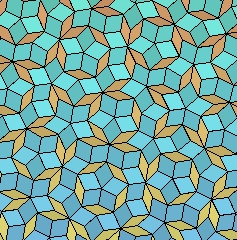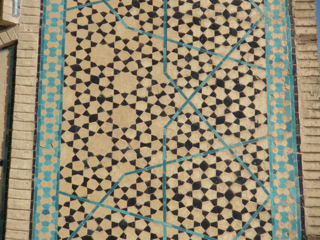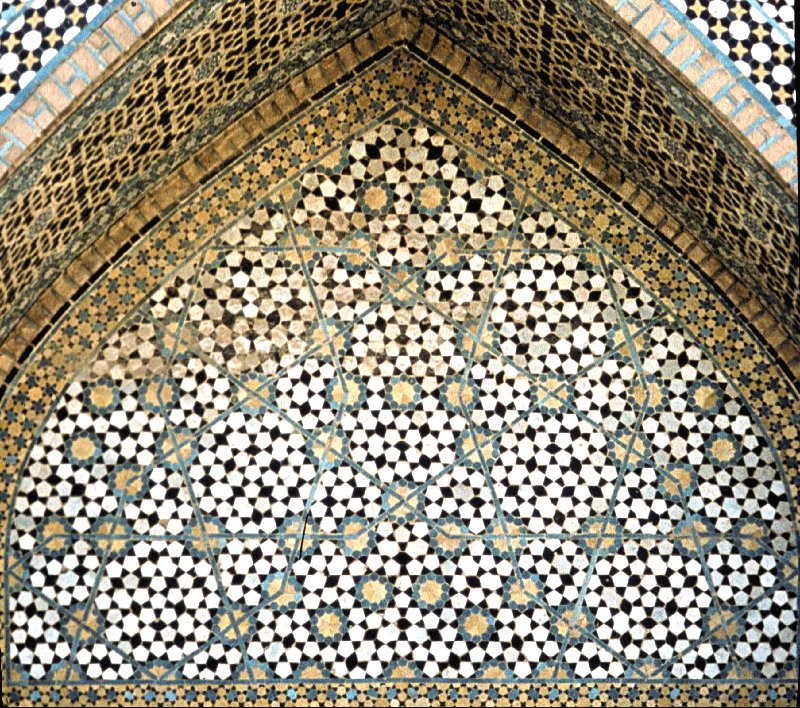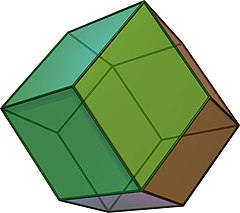This Week’s Finds in Mathematical Physics (Week 271)
Posted by John Baez
In week271 of This Week’s Finds, see massive volcanic eruptions on Jupiter’s moon Io. Learn about allotropes of sulfur, 2d quasicrystals formed by slicing higher-dimensional latices:

and a 4d quasicrystal formed by slicing the lattice. Read about Jeffrey Morton’s wonderful extension of the "groupoidification" idea. And hear what Stephen Summers has to say about new work on constructive quantum field theory!
Posted at October 26, 2008 6:35 PM UTC










Re: This Week’s Finds in Mathematical Physics (Week 271)
“During the journey we commonly forget its goal. Almost every profession is chosen as a means to an end but continued as an end in itself. Forgetting our objectives is the most frequent act of stupidity”
Nietzsche must have forgotten that Life itself is a journey without any goal except dying of course. What then would be best: Focusing ones attention towards the objective (dying) or being stupid and enjoying the journey??